
Course Home | Setting | Littoral | 45SN100 | Transect
 Course Home | Setting | Littoral | 45SN100 | Transect |
Littoral Tool Kits in the Puget Sound Region |
||
| recently added material in purple | LAST UPDATE: 03-12-2012 | |
|
Composite Harpoon Toggle from the Fishtown Site, 45SK33, situated in the Skagit River delta (right).

Example of a composite harpoon toggle from the ethnographic collection of Salish artifacts at the Smithsonian Institution (above). |
 |
|
|
|  Harpoon head from Fishtown (45SK33). |
|
•NEW• This is the dorsal fin carving from the Ozette Village on the Olympic Peninsula. The display is a portion of the longhouse at Ozette, which was covered by a mudslide.
|
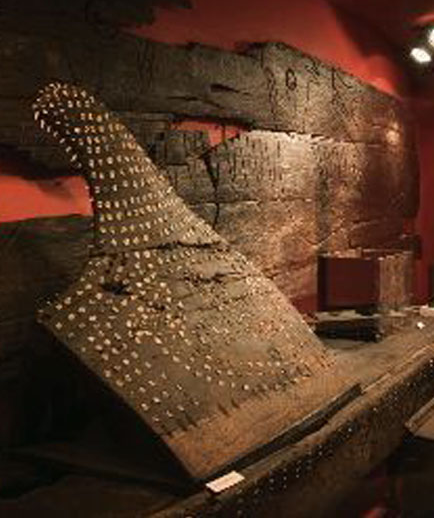 |
|
|
Fishhook barb from Fishtown (45SK33). The offset on the right side is designed to fit in a wooden or stone shank.
|
 |
|
|
Ground slate tool from Fishtown (45SK33). Possibly a bark shredder designed to be hafted in a wooden handle at the top. Scale is in cm.
|
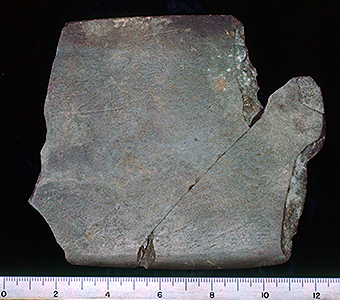 |
|
|
|
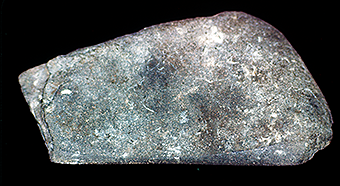 Jade saw from Fishtown (45SK33). It fits comfortably in the hand and is made from a slab of shist. |
|
|
Nephrite adze. An adze, also called a celt, has a gently domed upper surface, a flat lower surface and an asymmetrically beveled cutting edge, or bit. The base is often pointed or rounded to accommodate hafting. The White bar is 1 cm.
|
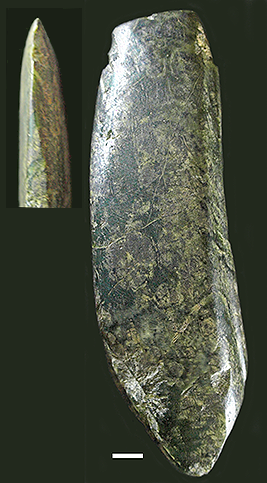 |
|
|
Nephrite wedge. A splitting wedge has flat upper and lower surfaces, and a symmetrically beveled cutting edge, or bit. Its base is designed to be hammered and is often shaped to accommodate wrapping or to fit into a socket haft. Thin wedges (like this one) with low-angle bits can also be used as adzes. The white bar is 1 cm.
|
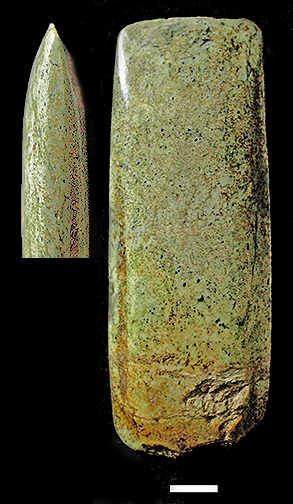 |
|
|
•NEW• Four canoes being made from a single red cedar log by Queets boat builders on the Olympic Peninsula. If you enlarge the picture by clicking one, you can better see exactly what they are doing. |
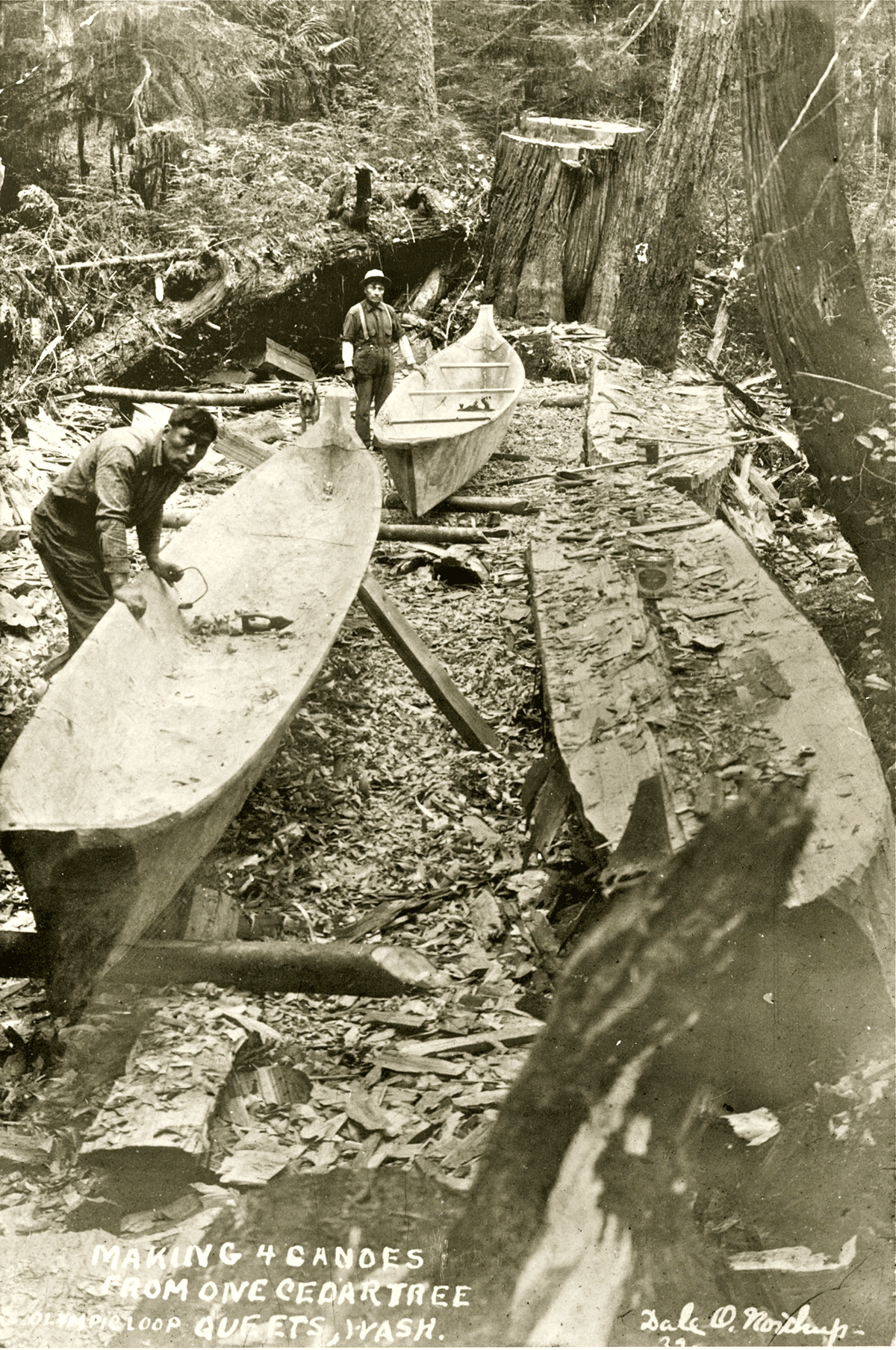 |
|
|
A narrow Inupiaq chisel for fine carving. Nephrite. Collected by Emmons ca. 1900. The bit is about 10 mm. wide. © Burke Museum. |
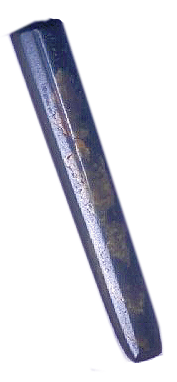 |
|
|
•NEW• Nephrite adze from the Chuckanut area of Bellingham, WA. The bit is damaged. Weathering over perhaps 2,000 years or more has produced the beautiful patterns seen in the polished surface. Length: 173 mm. |
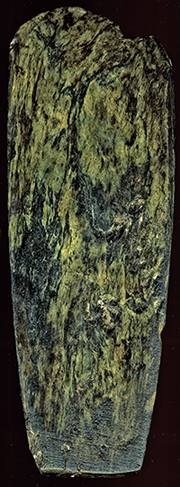 |
|
|
A "common maul" from Fishtown (45SK33). |
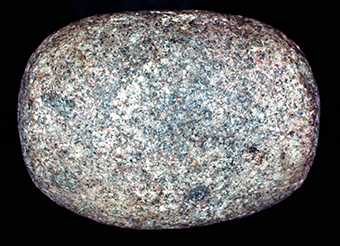 |
|
|
•NEW• Nipple hand maul from Vashon Island.
|
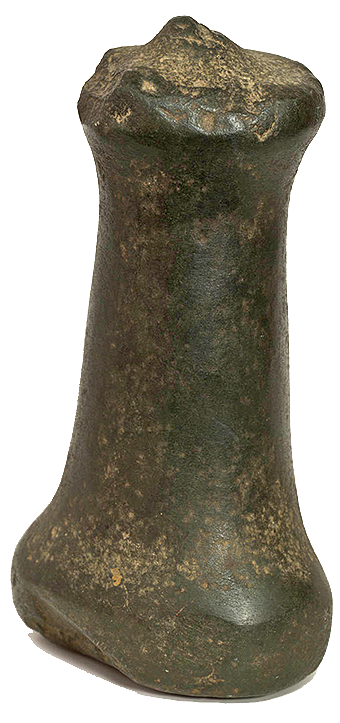 |
|
|
Antler splitting wedges from Fishtown (45SK33) (left) and Musquium (right). Splitting wedges are common at deltaic and littoral sites.
|
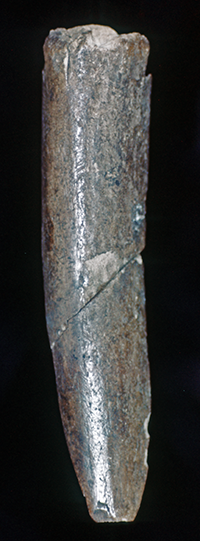  |
|
|
"Splitting maul" from the Chuckanut area of Bellingham. Made of gabbro. 174 mm (~ 7") long. |
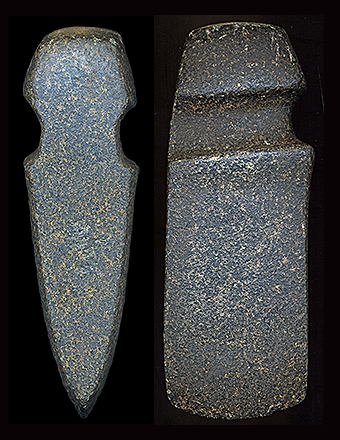 |
|
|
| ||
|
| ||
|
| ||
|
| ||
|
| ||
|
| ||
|
| ||
|
| ||
|
| ||
|
Matting needle from Fishtown, Skagit River delta. | ||
|
|
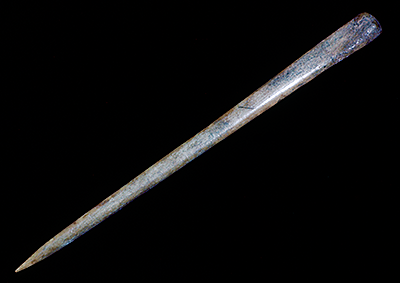
Above. Highly finished metapodial awl or point from Fishtown (45SK33). Left. Minimally finished awl from a splinter of long bone. Musquium. White bar is 1 cm. |
|
|
Shell scraper from Fishtown (45SK33), made by flaking the edge of a Washington Clam (Saxidomus nuttalli). The brown stain on the edge is a residue acquired through scraping. |
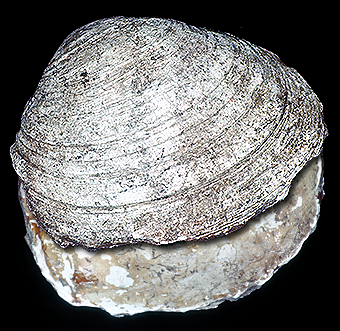 |
|
|
|
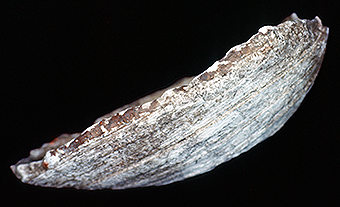 |
|
|
Slate point from West Point, Seattle, with fragmentary specimen from Fishtown superimposed.
|
Ground slate, ground bone & flaked stone points from Fishtown, Musqueam and Cornet Bay. The slate point is fragmentary, which is commonly how such specimens are found.   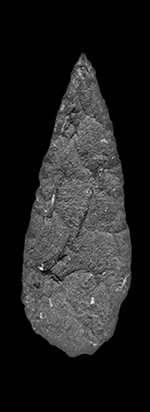
White bar 1 cm - others not shown at same scale. |
|
|
©2012 by Charles M. Nelson All rights reserved. |